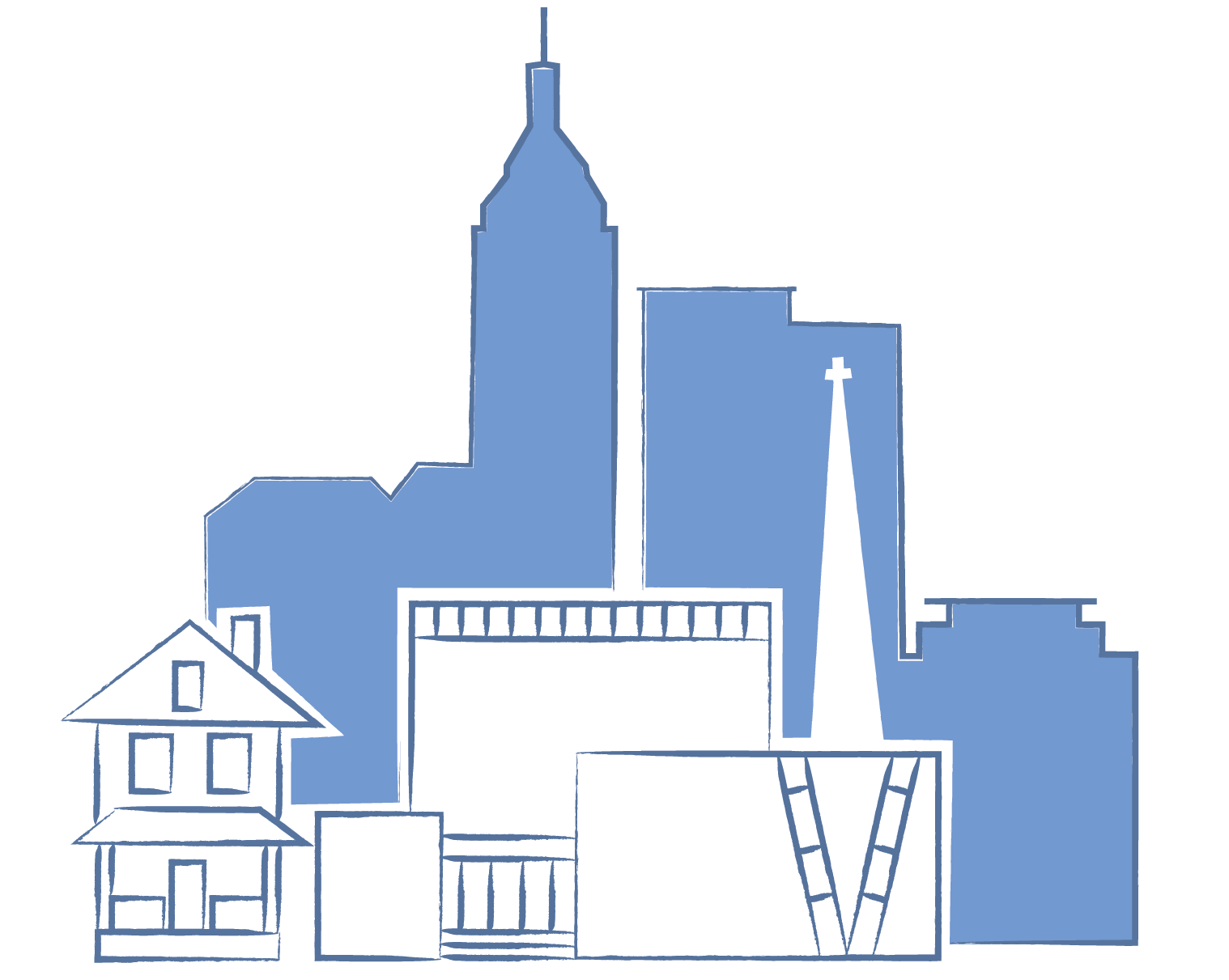Pass Over Into Freedom
- Englewood ByLines

- Oct 7, 2020
- 4 min read
Exodus 12:1-14

I remember well the days my two boys were born, one in September and the other in May, four years apart. When they were born, although we were obviously expecting them, they each decided to arrive earlier than expected and we were not fully prepared for their arrival. But their births, at least for this mother, were memorable.
This passage in Exodus 12, God’s instructions to Moses and Aaron about observing the Passover, sound a lot like a birth story, an origin story. There is a precise beginning. This is the pivotal event that marks the beginning of a new era, a new calendar. Time is marked from this Passover event, much like children recall their birthdate. Likewise, Christians now mark time from Christ’s death and resurrection as we calendar with B.C. and A.D. (anno Domini, “the year of our Lord”).
This is a decisive moment in history where the people of God are released from bondage, set free; the womb of Egypt, the umbilical chains of slavery no longer hold them. God is both the Creator and the Midwife of this new-born people, instructing and guiding their birth as a people. But like all births, these Passover details are also accompanied by blood. A lot of blood was shed as my children were born, and it was not their blood; it was my own. Likewise, the life of this people as a nation was brought into existence through someone/thing else’s blood, an innocent lamb.
While it might be said that the “true” origin of the people of Israel began with God’s call of, and covenant with, Abraham and his descendants, we could also argue that the family of Abraham became the Israelite nation at Mt. Sinai, with the giving of the Law. Or perhaps with the baptismal passage through the Red Sea, leaving the Egyptian army behind. However, when today’s Jewish people sit down at their feast tables to remember the Passover, they do so by retelling the ways their people have been set free— from Egypt, from medieval massacres, from crusades, and especially and most recently, the Holocaust. They recognize that God has long been in the business of releasing God’s people from bondage, setting captives free.
This Passover ritual was crafted in the midst of trauma, heartache, and generational pain. The descendants of Jacob had been slaves in Egypt for nearly half a millennium, considered commodities to be bought, sold, used, and controlled, their infant boys at the mercy of the whim of the ruler. A leader— Moses— emerges out of the wilderness, whom they are hesitant to trust, and who speaks words from a God whom they haven’t heard from for centuries. Life is hard and getting harder all the time. How does it work then, to make a hard break from the long and systemic domination of the powers and principalities of Egypt? The labor pains have been churning, the plagues are afoot and offer glimpses of hope. God is up to something.
As a mother, I can never forget the groaning of labor, the pains of childbirth. But for a newborn, how is new life remembered? A birthday party, complete with friends and a cake, perhaps? For the Israelite people, it is in a shared meal. A meal crafted by both the men (roasted meat) and the women (unleavened bread). A meal that is not meant to be eaten alone, but as households who all participate together in a common meal. This festal meal is the liminal experience of crossing over from bondage to freedom, and it becomes the storytelling focal point of “remember when we were slaves in Egypt, and God…”
And God. “God set us free.” The people of Israel told that story over and over in the psalms (Ps 114, 136, etc.) and observed it annually (though not consistently). The Jewish people have retold the story around their tables down through the centuries. And as followers of Jesus, we recognize the ongoing role of festal tables in the telling of God’s liberation of all people (and all creation), especially around the Eucharist table. This ritual meal is not merely repeated down through the centuries in words, but in particular physical spaces, with particular physical actions and objects: the meat and organs of the lamb, the flatbread, participants standing with sandals on, staff in hand. The physical actions and objects keep the repeated ritual from becoming theoretical, grounding it into “us” and “now” and “here.” “We are a liberated people. Our ancestors were birthed, set free, out of Egypt. We, too, have been released from bondage.”
The embodied actions of these first participants in the Passover prepared them for the upcoming actions of God— decimating the Egyptians, opening the passage through the Red Sea, standing faithfully as a pillar in their midst, guiding them to a land of freedom. The embodied actions in the Passover equip future generations (including us!) with memory of their identity as God’s Liberated People. Liberated and liberating.
I would hope that, as a people who have been liberated by God into freedom, we have not only an obligation, but a desire to seek and participate in the liberation of our sisters and brothers as well. Not merely a theoretical release, but a full-body, embodied, physical setting free of all who are in bondage. Do we have empathy and generosity for those who are especially weighted down in today’s angsty turmoil? We follow a God who— as Creator, bleeding Life-giver, and Midwife— has birthed the people of God into being, liberated and set free. May we have the courage to stand sandal-ready for what God has in store next.
Originally published at Ekklesiaproject.org on Sep 2, 2020, as Of Birth Pains and Birthday Parties. Image credit: The Israelites are Eating the Passover Lamb, Marc Chagall, 1931.





Comments